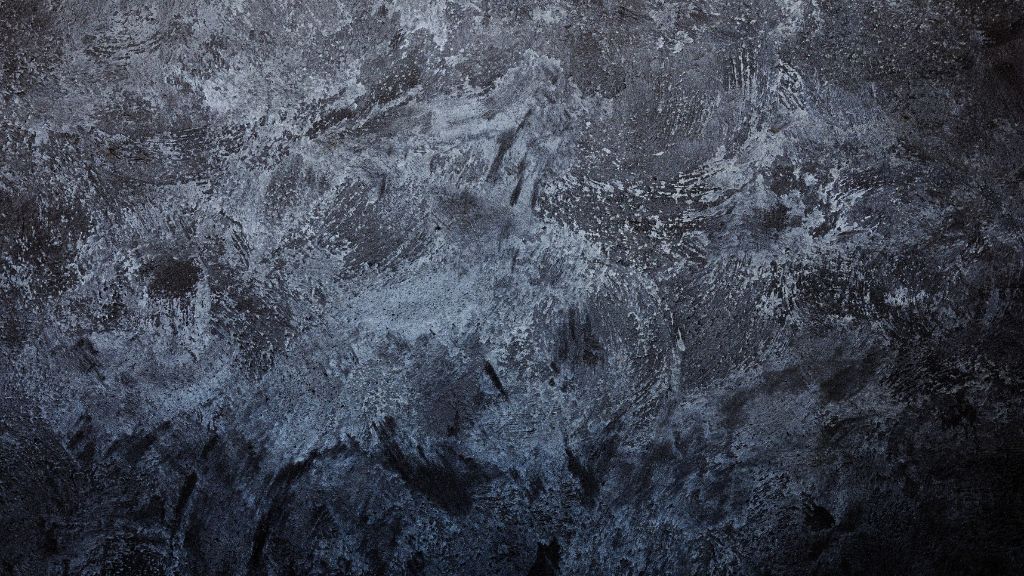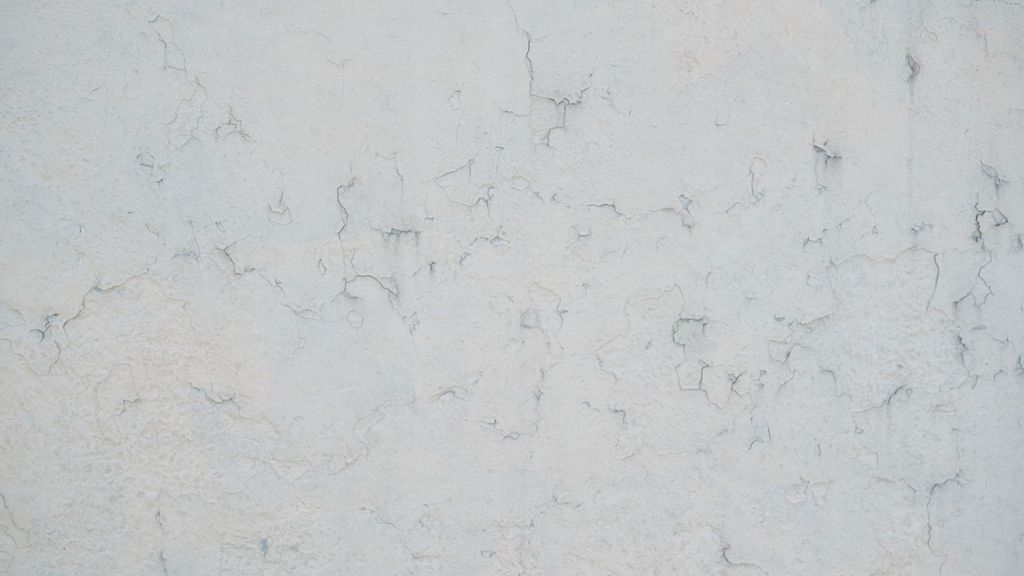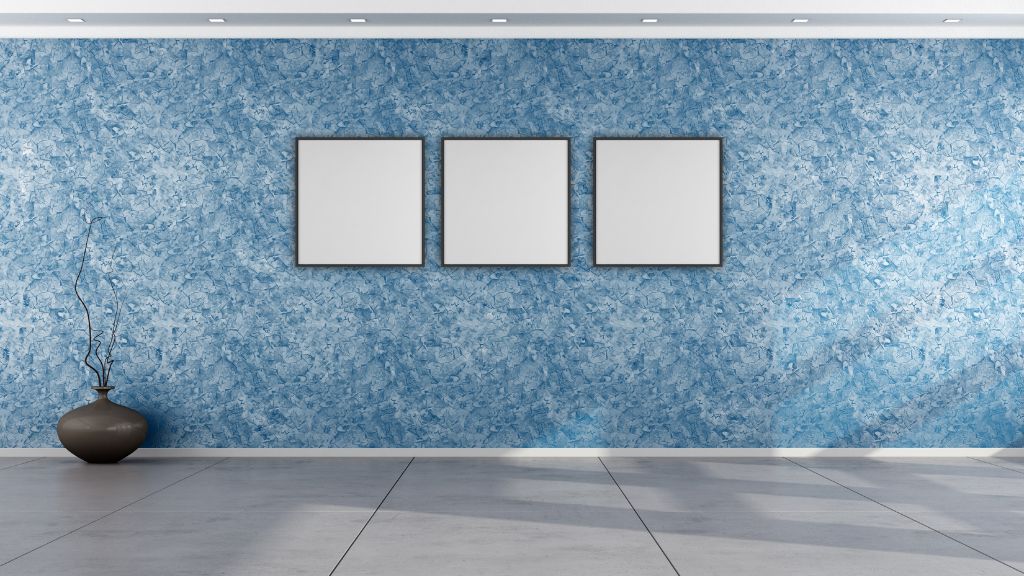Top Venetian Plaster Products for Decorative Spaces

Timeless Texture: Venetian Plasters
Venetian plaster is a decorative wall and ceiling finish that originated in Venice, Italy. It’s renowned for its smooth, marble-like appearance and luxurious texture. While there are numerous types of Venetian plaster products available, here are some of the most popular:
Traditional Lime-based Venetian Plaster:
This type of Venetian plaster is made from slaked lime plaster, marble dust, and other natural ingredients. It creates a soft, classic, timeless look with a high-gloss finish. Lime plaster-based Venetian plaster is known for its durability and breathability, making it suitable for both interior and exterior applications.
Acrylic-based Venetian Plaster:

Acrylic-based Venetian plaster is a modern alternative to traditional lime-based plasters. It is easier to work with and dries more quickly than lime-based Venetian plaster materials. Acrylic-based Venetian plaster is available in a wide range of colors and finishes, including matte, satin, and glossy.
Polished Venetian Plaster:

Polished acrylic Venetian plaster is achieved by applying multiple layers of acrylic Venetian plaster and then burnishing the surface to create a smooth, polished finish. This type of burnished acrylic Venetian plaster has a reflective quality that adds depth and dimension to any space. It’s often used in high-end residential and commercial projects.
Textured Venetian Plaster:

Textured Venetian plaster is designed to mimic the look smooth feel of natural stone or rough-hewn surfaces. It can be applied with a trowel or other texturing tools to create a variety of effects using materials such as travertine, limestone, or marble. Textured Venetian plaster adds visual interest and tactile appeal to walls and ceilings.
Metallic Venetian Plaster:

Metallic Venetian plaster contains metallic pigments that create a beautiful, shimmering, metallic effect when applied to walls and ceilings. It’s available in a range of metallic finishes, including gold, silver, bronze, and copper tones.
Metallic Venetian plaster is often used to add glamour and sophistication to contemporary interiors and bathrooms.
Tinted Venetian Plaster:

Tinted Venetian plaster is pre-mixed with pigments to create a specific translucent acrylic color. It eliminates the need for painting after the tinting plaster has dried, saving time and labor costs. Tinted Venetian plaster is available in a virtually unlimited range of colors, allowing for endless design possibilities.
These are just a few examples of the types of Venetian plaster products available. Each mold type offers unique characteristics and advantages, allowing designers and homeowners the process to create beautiful custom finishes that suit their aesthetic preferences and project requirements.
Protek manufactures the acrylic Venetian Plaster as an Italian polished plaster version. Creating an incredible look is done when you cover the thin layer using a spatula or trowel and then burnish a surface to look like marble.
It is labor intensive, but if done correctly, it is worthwhile, creating an effect unlike the one created by others. Acrylic paint is more efficient than lime plaster. Acrylic Venetian Plaster paint is used for commercial and residential use and has a standard wax finish to give additional shine and washability.
What Does Venetian Plaster Look Like?
People compare the material with marble because it resembles marble. Venetian plaster is a stunning decorative finish that can transform the look and feel of any space.
Its appearance can vary depending on factors such as the type of plaster used, application technique, humidity, and desired finish. However, there are some common characteristics that define the look of Venetian plaster:

- Smooth Texture: Venetian plaster is renowned for its smooth texture, which resembles polished marble or stone. When applied correctly, it creates a seamless, tactile surface that feels luxurious to the touch.
- Depth and Dimension: One of the most striking features of Venetian plaster is its ability to create depth and dimension on walls and ceilings. The multiple layers of plaster, combined with techniques such as burnishing or polishing, give Venetian plaster three-dimensional quality that adds visual interest to any space.
- Natural Variation: Venetian plaster has a natural, organic appearance with subtle variations in color and texture. These variations occur as a result of the application process and the natural materials used in the plaster, such as lime and marble dust. This creates a sense of authenticity and richness that is difficult to achieve with synthetic wall finishes.
- Lustrous Finish: Depending on the desired look, Venetian plaster can have a range of finishes, from matte to high gloss. The application technique, as well as the type of plaster and sealant used, determines the level of sheen.
High-gloss finishes are particularly popular for their reflective properties, which enhance the depth and luminosity of the plaster. - Warmth and Elegance: Venetian plaster exudes warmth and elegance, making it a popular choice for luxury interiors. Its timeless beauty adds a touch of sophistication to any room, whether it’s a grand foyer, a cozy living room, or a sleek modern kitchen.
- Versatility: One of the key benefits of Venetian plaster is its versatility. It can be applied to virtually any surface, including drywall, plasterboard, wood, and even metal.
This versatility allows designers and homeowners to use Venetian plaster creatively to achieve a wide range of aesthetic effects, from Old World charm to contemporary chic.
What is special about Venetian plaster?
What makes Venetian plaster special is its timeless elegance, artisan craftsmanship, luxurious texture, versatility, durability, and environmental friendliness. It is not just a wall finish but a work of art that adds beauty, character, and sophistication to any interior space.
Can Venetian Plaster go over drywall?
It’s essential to have an experienced applicator and to prepare properly. Yes, Venetian plaster can be applied over drywall. In fact, drywall is one of the most common substrates for applying Venetian plaster.
However, it’s essential to prepare the drywall surface properly before applying the plaster to ensure a smooth and durable finish.

Here are the general steps for applying Venetian plaster over drywall:
- Prepare the Surface: Start by ensuring that the drywall is clean, dry, and free of dust, dirt, and grease. Repair any cracks or imperfections in the drywall with joint compound and sand them smooth once dry.
- Prime the Surface: Apply a high-quality primer to the drywall to seal the surface and promote adhesion. The primer helps the Venetian plaster adhere better to the drywall and prevents it from absorbing moisture too quickly, which can affect the plaster’s workability.
- Apply the Venetian Plaster: Once the primer has dried completely, you can begin applying the Venetian plaster. Use a stainless steel trowel to spread the plaster evenly over the drywall in thin, overlapping layers. Work in small sections, applying the plaster in a cross-hatch pattern to ensure thorough coverage.
- Smooth and Burnish the Plaster: After applying the plaster, use a clean trowel to smooth and level the surface. Then, once the plaster has dried slightly but is still workable, use a polishing or burnishing tool to achieve the desired finish. This can range from a matte to a high-gloss shine, depending on your preference.
- Seal the Plaster: Depending on the type of Venetian plaster used and the desired finish, you may choose to seal the plaster with a clear topcoat or wax. This helps protect the surface and enhances its durability and sheen.
- Allow to Cure: Allow the Venetian plaster to cure fully according to the manufacturer’s recommendations before applying any additional finishes or decorations.
By following these steps, you can successfully apply Venetian plaster over drywall to achieve a beautiful, soft, and luxurious finish that enhances the look and feel of your interior space.
Application techniques of Venetian plaster
Venetian plaster is applied using specific techniques that require skill and precision to achieve the thickness and the desired finish. Here are some common application techniques used for the thin layers of Venetian plaster:
- Preparation: Before applying Venetian plaster, prepare the surface by ensuring it is clean, dry, and free of dust, dirt, and grease. Repair any cracks or imperfections in the wall or ceiling with joint compound and sand them smooth once dry.
- Base Coat: Start by applying a base coat of plaster to the surface using a stainless steel trowel. This base coat provides a foundation for the subsequent layers of plaster and helps ensure proper adhesion.
- Layering: Once the base coat is dry, apply additional layers of plaster in thin, overlapping coats. Use a trowel to spread the plaster evenly, working in small sections at a time. Each layer should be allowed to dry partially before applying the next layer.
- Polishing/Burnishing: After applying the desired number of layers, use a polishing or burnishing tool to smooth and polish the surface of the plaster. Start by applying a thin layer of plaster in even coats to get a smooth surface that looks like fresh air. This careful process gives you a polished finish that breathes new life into any space.
This helps to achieve the characteristic smooth, glossy finish of Venetian plaster. Work in circular or figure-eight motions to buff the surface to a high sheen. - Texture: Depending on the desired effect, you can create texture in the plaster using various tools and techniques. For example, you can use a trowel, sponge, or brush to create subtle texture variations, or you can use a spatula or comb to create more pronounced patterns and textures.
- Coloring: Venetian plaster can be left in its natural color or tinted with pigments to achieve the desired hue. Pigments can be added directly to the plaster mix or applied as a glaze over the dried plaster. Experiment with different colors and techniques to achieve unique and customized finishes.
- Sealing: Once the plaster has dried completely, it can be sealed with a clear topcoat or wax to protect the surface and enhance its durability and sheen. Follow the manufacturer’s instructions for the appropriate sealer for your specific type of Venetian plaster.
In the END:
Venetian plaster stands as a testament to the timeless beauty, versatility, and craftsmanship that have captivated artisans and designers for centuries. From its origins in ancient Rome to its modern-day applications in homes, museums, and commercial spaces worldwide, Venetian plaster continues to enchant with its luxurious texture, depth, and elegance.
From timeless classics like Venetian plaster to modern marvels like metallic finishes and textured effects, San Deco’s product lineup caters to every aesthetic preference and design requirement.
Incorporate San Deco’s premium decorative products into your next project and experience the transformative power of luxury and style. Elevate your decor with San Deco and discover a world of endless possibilities for creating beautiful and breathtaking interiors that inspire, impress, and endure.
